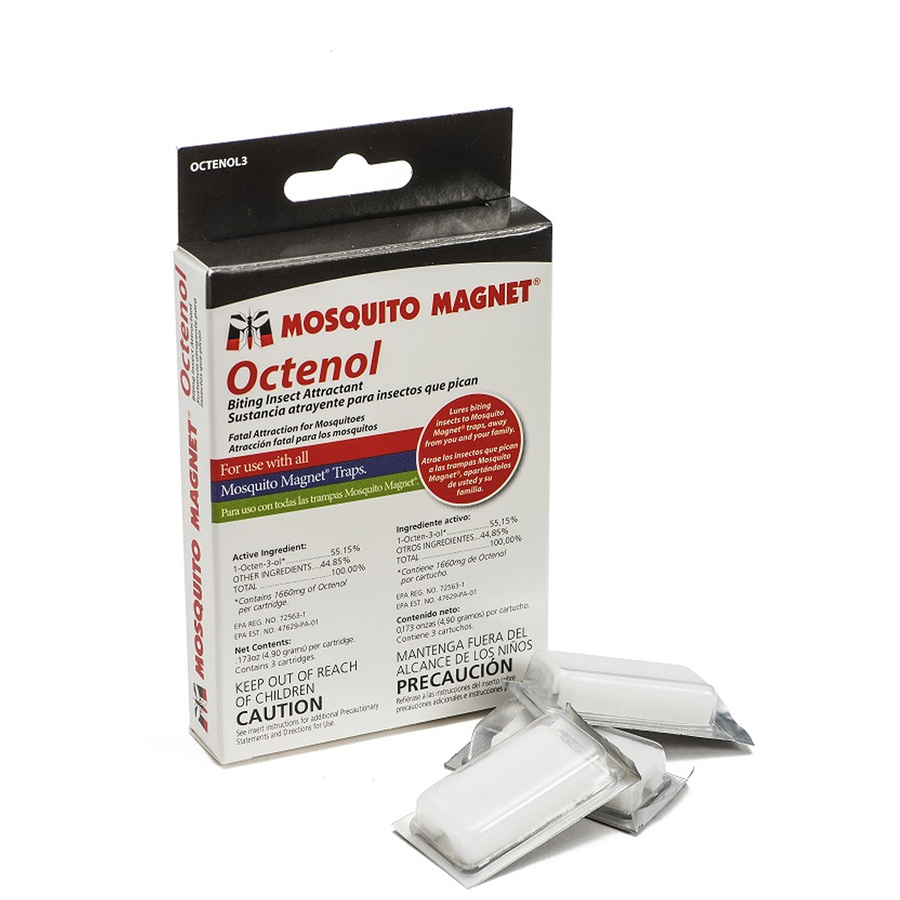

Such “suicides” are also observed in the Globitermes sulphureus soldiers, which “pop” themselves to release sticky liquid after biting their targets. They normally do not release their grip once they have bitten, but if they do release, they become really weak and likely die soon after if not attended to by any workers. It quickly depletes them of energy, and their jaws often get locked up afterwards. In Coptotermes formosanus (Formosan termites) and other species of Coptotermes, the soldiers release a white sticky liquid identified as naphthalene from their gullet, when they bite. I’ve observed this is in Odontotermes and also Coptotermes.

In some species of termites, the soldiers not only bite, but also release a fluid from their stomachs when they bite. For example, the Pericapritermes have jaws that are designed to flick ants away, but it also frequently ends up flicking the soldier away too! Other species have soldiers which have poor aggressive qualities, even appearing meek, and appear to be largely ineffective in their defense duties. Some species have soldiers which (in my opinion) seem ineffective in their role of defending the colony. Soldiers are unable to feed themselves due to their elongated jaws, and need the workers to feed them constantly. The small (minor) soldiers have added duties of directing the worker traffic, and are suited to defend the colony against small species of ants, which the large soldiers typically have problems against. The large (major) soldiers are relatively slow moving due to their large size, and mainly do “heavy duty” defense duties. The higher families of termites often have soldiers in large and small sizes (major and minor soldiers) otherwise known as dimorphism. I’ve heard this sound many times, and it may be quite elaborate, like a synchronized crescendo at times.

In many species, they will also rattle their heads against the ground to alert the other termites of the danger. Whenever there is a breach in the walls or tunnels of the nest or feeding sites, soldier termites will head to the breach once they detect a change in the temperature and proceed to block the gap, often by forming a phalanx. The percentage of soldiers vs workers in a colony varies from species to species it may range from 10-30%. Unlike ants which are all capable of fighting, termites have the soldier caste who’s purpose is solely that, as the worker termites do not fight. Termite soldiers may be either male or female. The soldiers of some species have snouts instead of jaws in which they squirt a repellent liquid at invading ants. They have protruding jaws and larger, armored heads than the workers, which are often a shade of yellow, orange, brown, or red. The soldier caste is responsible for defending and protecting the colony from enemies (which are mainly ants).


 0 kommentar(er)
0 kommentar(er)
